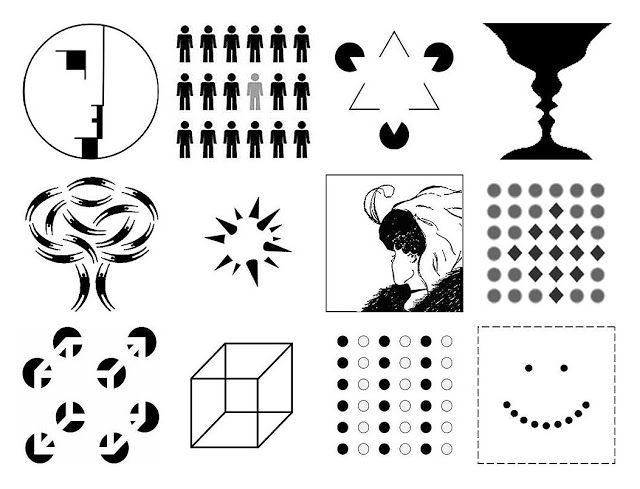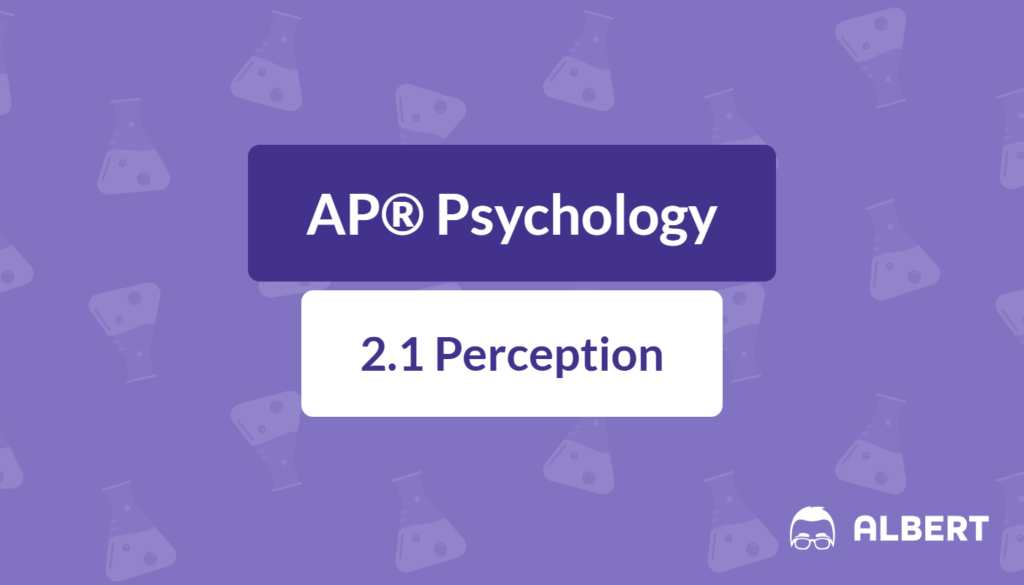What We Review
Introduction to Perception
Perception definition psychology often refers to the process of interpreting sensory information to form a meaningful understanding of the environment. This process involves taking raw signals from the world and turning them into recognizable patterns and objects. Because perception heavily influences daily experiences, it is important to understand how the mind processes visual, auditory, and other sensory data, especially within the context of sensation vs perception psychology.
Furthermore, perception plays a major part in decision-making. When a person perceives a friend’s face across a hallway, the brain is performing complex tasks involving memory, focus, and recognition. Therefore, studying perception helps explain why two people can experience the same event but interpret it differently.
This article explores how sensation differs from perception, how internal and external factors shape perception, and how attention and various perceptual cues allow us to organize and interpret the world.
Sensation vs. Perception
Sensation is the process by which sensory receptors and the nervous system receive and represent environmental stimuli. In contrast, perception organizes and interprets this raw data, turning it into a coherent picture.
- Sensation: The immediate response of sensory organs to stimuli.
- Perception: The brain’s interpretation of these incoming sensory signals.
These concepts may sound similar, yet they have distinct roles in how humans experience reality.
Example: Hearing a Sound vs. Recognizing a Song
- Step 1: Sensation occurs when sound waves hit ear drums.
- Step 2: The auditory nerves carry electrical signals to the brain.
- Step 3: Perception happens if the brain registers the rhythm and melody as a specific song.
This example highlights how sensation collects data while perception assigns meaning to it.
Internal and External Influences on Perception
Perception can be influenced by external factors, such as the raw data received from the sense organs, or by internal factors, such as expectations and prior knowledge. Therefore, psychologists classify these influences into bottom-up and top-down processing.
Bottom-Up and Top-Down Processing
- Bottom-Up Processing: Perception guided by raw sensory data without preconceived notions.
- Top-Down Processing: Perception guided by prior experiences, expectations, or schemas.
Example: Identifying a Color (Bottom-Up) vs. Recognizing It Based on Experience (Top-Down)
Step-by-Step Explanation
- Bottom-Up: A person sees a patch of light at a certain wavelength. The eyes send signals to the brain, which then recognizes it as “red.”
- Top-Down: The person notices the color red and thinks of a stop sign or a sports team logo, based on previous encounters.
Schemas and Perceptual Sets
Schemas are mental frameworks that help organize and interpret information. A perceptual set is a readiness to perceive stimuli in a certain way. Both act as internal filters and often speed up recognition.
Example: How Expectations Influence What is Seen
Step-by-Step Explanation
- A student enters a classroom expecting to see a teacher at the front.
- Even if someone else stands there, the student might momentarily perceive that person as the teacher, influenced by the existing schema.
Context, Experience, and Cultural Perceptions
External contexts or cultural perceptions also shape interpretation. People from different cultural backgrounds might perceive images or symbols differently. Sometimes, a figure that appears friendly in one context might seem threatening in another culture.
Example: Different Interpretations of the Same Image
Step-by-Step Explanation
- An image of two people shaking hands might be viewed as courteous in one culture.
- In another culture, touching hands might be less common, thus the handshake could appear aggressive or overly familiar.
Gestalt Psychology Principles

Gestalt psychologists propose that the mind naturally seeks to organize information into meaningful wholes. These principles help explain how humans group or separate items in everyday life.
- Closure
- Figure and Ground
- Proximity
- Similarity
Real-World Applications of Gestalt Principles
Advertisements often rely on Gestalt principles. Designs might group similar items to convey unity or place elements close together to encourage the viewer to perceive them as a single product.
Example: How Advertisements Utilize These Principles
Step-by-Step Explanation
- An ad groups images of fruits to highlight a juice product’s “natural ingredients.”
- The proximity of these images suggests the product contains a blend of flavors.
- The viewer’s mind completes the idea of freshness without extra text (closure).
The Role of Attention in Perception
Attention is the ability to focus on certain stimuli while ignoring others. It acts as a filter that helps prioritize information. This aspect of cognition is crucial because perception blindness occurs when attention is not directed toward a particular stimulus.
Selective Attention and the Cocktail Party Effect
Selective attention involves zeroing in on one source of information among many. The cocktail party effect describes how a person can filter out background chatter yet instantly focus on a mention of their name.
Example: Engaging in a Conversation in a Noisy Room
Step-by-Step Explanation
- Two friends talk in a crowded lobby full of noise.
- They concentrate on each other’s voices, blocking out other sounds.
- The moment a distant shout includes one friend’s name, attention shifts toward that voice.
Inattentional Blindness and Change Blindness
Inattentional blindness occurs when a person overlooks a fully visible object or event because attention is occupied elsewhere. Change blindness is failing to notice changes in one’s environment.
Example: Missing a Change in a Scene
Step-by-Step Explanation
- While focusing on a friend’s story, a passerby behind them puts on a bright hat.
- Since attention is on the story, the observer misses this obvious change.
- Later, the observer is surprised to see the new hat, illustrating change blindness.
Visual Perceptual Processes
Visual perception uses multiple cues to interpret distance, motion, and stability. These cues include binocular and monocular depth cues, which can offer correct or sometimes misleading interpretations of the environment.
Binocular Depth Cues
- Retinal Disparity: The slight difference between the images that each eye receives.
- Convergence: The inward turning of the eyes to maintain focus on an object as it moves closer.
Example: Depth Perception when Viewing a 3D Movie
Step-by-Step Explanation
- The 3D glasses present slightly different images to each eye.
- The brain merges these images and notices differences (retinal disparity).
- This merging creates a sense that objects are popping out of the screen (convergence).
Monocular Depth Cues
These rely on input from one eye and include:
- Relative Clarity
- Relative Size
- Texture Gradient
- Linear Perspective
- Interposition
Example: Identifying the Size of Objects at Different Distances
Step-by-Step Explanation
- While looking down a street, a large car is near and a smaller-looking car is far away.
- The brain uses relative size to infer that both cars might be the same size.
- It also notices overlapping objects (interposition) to decide which is closer.
Visual Perceptual Constancies
Perceptual constancies allow recognition of objects from different angles and distances. A friend is recognized by the same face shape, even if they stand in a shadow or appear smaller at a distance.
Example: Recognizing a Friend across a Crowded Room
Step-by-Step Explanation
- A student notices a friend from far away while standing in a hallway.
- Even though the image is smaller, the student’s brain corrects for distance, maintaining the friend’s usual proportions.
- Lighting differences also do not disrupt identification due to color and size constancies.
Apparent Movement
Apparent movement tricks the brain into perceiving motion in a sequence of still images. This principle is vital to films and animation.
Example: Movies and Animation Creating the Illusion of Motion
Step-by-Step Explanation
- Each frame of a movie is a static image.
- When frames are shown quickly, the brain interprets them as continuous motion.
- This effect is used to create cartoons, where each drawn pose appears to flow into the next.
Quick Reference Vocabulary Chart
Below is a chart of important concepts and definitions for easy review.
| Term | Definition or Key Feature |
| Perception | Interpretation of sensory information. |
| Sensation | Process by which receptors receive stimuli. |
| Bottom-Up Processing | Using sensory data without prior expectations. |
| Top-Down Processing | Using prior knowledge or expectations to interpret stimuli. |
| Schema | Mental framework for organizing information. |
| Perceptual Set | Readiness to perceive things in a certain way. |
| Gestalt Principles | Organizational rules (Closure, Figure-Ground, Proximity, Similarity). |
| Selective Attention | Focusing on one stimulus while ignoring others. |
| Cocktail Party Effect | Ability to filter out noise yet notice one’s name or key info. |
| Inattentional Blindness | Failing to see visible objects when attention is focused elsewhere. |
| Change Blindness | Failure to detect changes in the environment. |
| Binocular Cues | Depth cues that depend on both eyes (retinal disparity, convergence). |
| Monocular Cues | Depth cues that can be perceived by one eye (relative size, interposition, etc.). |
| Perceptual Constancy | Tendency to perceive an object as unchanging despite changes in viewing conditions. |
| Apparent Movement | Perceiving motion in sequential still images. |
Conclusion
Perception shapes every individual’s reality. It filters raw sensory input according to personal expectations, experiences, and cultural perceptions. Understanding bottom-up and top-down processes, as well as the principles of Gestalt psychology, reveals how the mind organizes and prioritizes signals. Moreover, attention factors like the cocktail party effect show how selective focus can intensify certain details while ignoring others.
In addition, visual perception depends on binocular and monocular clues, allowing a person to navigate everyday life with depth and size constancies. These processes can also create illusions, such as apparent movement or perception blindness. Therefore, perception is a crucial aspect of cognition, connecting how people see the world with how they interpret and act on it. Embracing these concepts can inspire further exploration into how the mind shapes personal experiences.
Sharpen Your Skills for AP® Psychology
Are you preparing for the AP® Psychology test? We’ve got you covered! Try our review articles designed to help you confidently tackle real-world AP® Psychology problems. You’ll find everything you need to succeed, from quick tips to detailed strategies. Start exploring now!
- Types of Thinking in Psychology: AP® Psychology Review
- Types of Memory: AP® Psychology Review
- Encoding Memory: AP® Psychology Review
Need help preparing for your AP® Psychology exam?
Albert has hundreds of AP® Psychology practice questions, free response, and full-length practice tests to try out.








